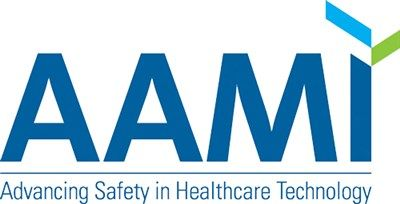
FDA Proposes New Criteria for Surgical Gowns
FDA Proposes New Criteria for Surgical Gowns
Fri Jul 17 2015
What’s in a name? A bit of confusion, it seems, when it comes to the various types of gowns used in medical settings.
Over the years, “a number of terms have been used to refer to gowns intended for use in health care settings including, but not limited to, surgical gowns, isolation gowns, surgical isolation gowns, nonsurgical gowns, procedural gowns, and operating room gowns,” according to a newly released draft guidance document (PDF) from the U.S Food and Drug Administration (FDA). This has left some gown manufacturers scratching their heads over whether they must submit a 510(k) application for their products.
The FDA seeks to clarify parameters that determine whether a particular type of gown should be classified as a Class II medical device and thus require premarket notification. The draft guidance proposes that any apparel claiming to provide ANSI/AAMI PB70 Level 3 or 4 protection—which corresponds to moderate or high-level barrier protection—is considered a Class II medical device and must demonstrate the liquid barrier performance defined within the PB70 standard. In addition, any gown labeled as a “surgical gown,” or one “intended for use during sterile procedures” also falls into this category.
The draft guidance also specifies information that should be submitted as part of the 510(k) application for such Class II gowns:
1. "Evidence that the gown complies with the claimed barrier performance criteria of the currently FDA-recognized version of ANSI/AAMI PB70 or equivalent standard. ANSI/AAMI PB70 establishes physical performance and documentation requirements for gowns and their materials.
2. Performance test data to demonstrate that the gown is an effective barrier in accordance with ANSI/AAMI PB70 barrier performance specifications. Barrier performance testing should be completed on the final, finished, pre-shipment gown, or at the end of the stated shelf life of the gown, as applicable, if the gown is reusable.
3. Representative engineering drawing(s), schematics, illustrations and/or figures of the gown that are clear, legible, labeled with the barrier protection levels of the gown, and include dimensions and the location of the critical and non-critical zones.
4. Sample labeling that clearly identifies the level of liquid barrier protection per ANSI/AAMI PB70.
5. Sample labeling that includes the direction(s) for use and indication (s) for use."
Class I gowns, which are “labeled as a gown other than a surgical gown (e.g., isolation gown)” or “are for only minimal or low barrier protection,” described as PB70 Level 1 or 2, are exempt from the premarket notification requirement. These types of gowns must still comply with general controls including the quality system regulation (21 CFR part 820), registration and listing (21 CFR 207 part 807), medical device reporting (21 CFR part 803), and labeling (21 CFR part 801), among others.
The FDA invites public comment on the draft guidance through the end of August 2015. Interested parties may submit feedback and find more information at http://www.regulations.gov.
